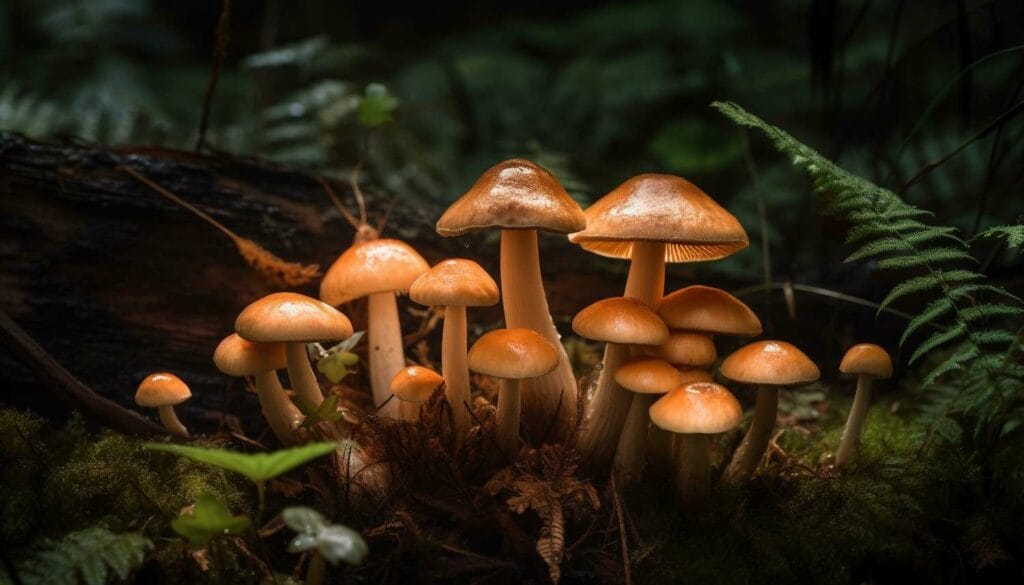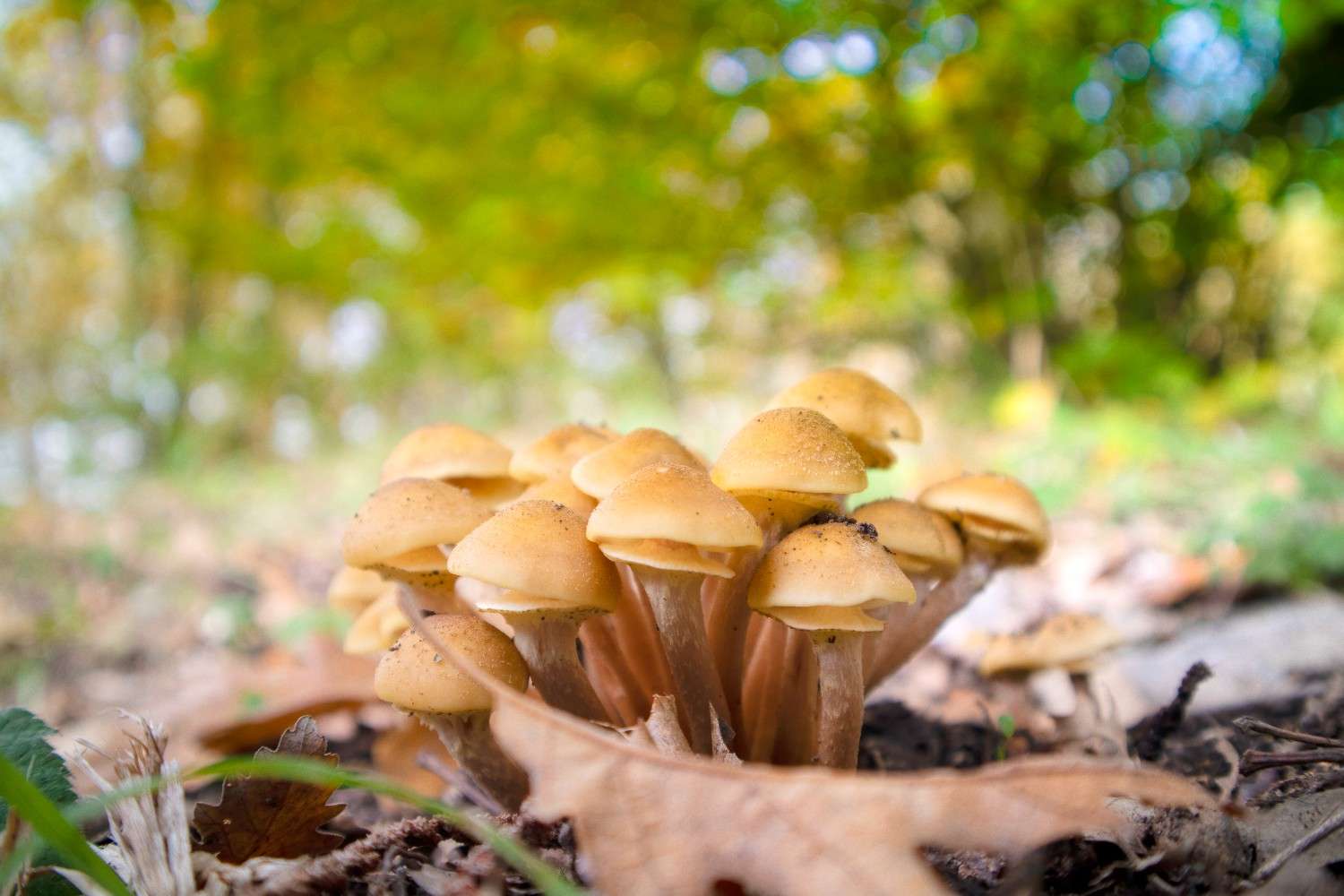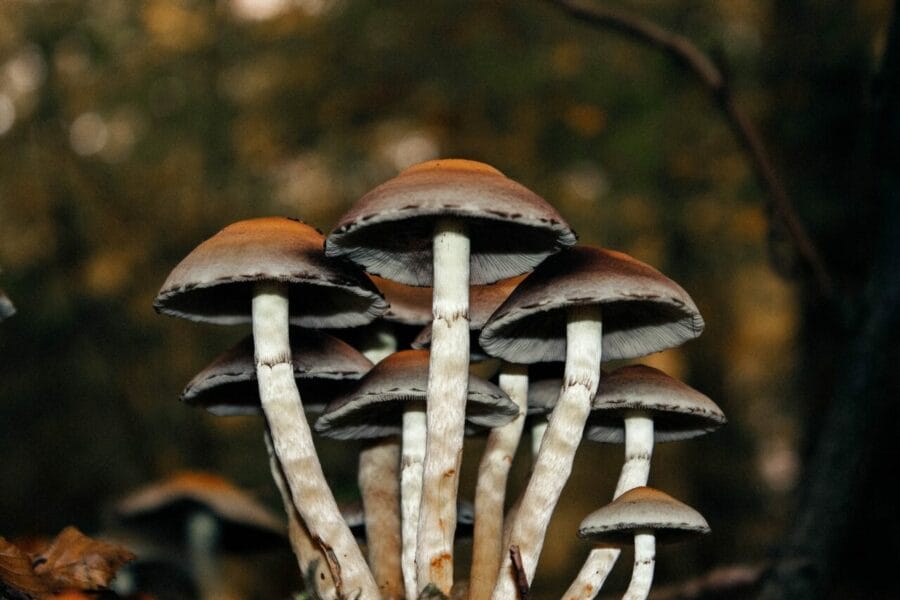Shrooms Canada has surged into the limelight, drawing significant investments due to its potential medical uses, propelling scientific research, and encouraging increasing societal acceptance.
Two current studies highlight the growing popularity of psilocybin mushrooms as a frequently used psychoactive substance.
Eric Leas, an epidemiologist at the University of California, San Diego, recorded a 1,250% increase in internet searches related to microdosing since 2015, with psilocybin overtaking LSD in 2019. Moreover, a study by the RAND Corporation indicates that about 3% of Americans – approximately 8 million adults – used psilocybin in the past year, making it the most commonly consumed hallucinogen in 2023.
Let’s explore the global fascination with shrooms.
[toc]
Understanding Microdosing
Psychedelic microdosing involves the intake of a small quantity of a hallucinogenic substance to achieve a positive mental effect without experiencing a full psychedelic trip. It typically includes the consumption of only 10-20% of a dose that would provoke a psychoactive response. The goal is to ingest an insignificant quantity of a psychedelic substance that does not significantly alter consciousness.
Historically, microdoses of magic mushrooms and peyote were used to relieve physical discomfort and enhance wellbeing. During the 1960s, the practice of microdosing expanded to include LSD as people aimed to boost cognitive function and creativity.
Currently, microdosing includes substances like MDMA, Ritalin, cannabis, and ketamine, which can cause hallucinations at high doses, but do not initiate a psychedelic experience when microdosed.
Differences Between Microdosing and Full Dose Experiences
| Factor | Microdosing | Full Dose (Psychedelic) | |
| Dosage | 0.1 to 0.3 grams of dried mushrooms | 1 to 3 grams or more of dried mushrooms | |
| Frequency | Regular (e.g., every few | Days | Infrequent |
| Effects Duration | Minor interruption to regular activities | Altered consciousness persists for 4-6 hours | |
| Sensory Impact | Experiencing hallucinations (misrepresented or non-existent sensory perceptions), intensified emotions and sensory encounters (vivid colours, amplified sounds), and synesthesia (such as “seeing” sounds or “hearing” colours) | Minor sensory alterations, slight mood and perception improvements, and enhanced concentration and creativity | |
| Physical Impact | Minimal to no physical impacts | Increased energy and heart rate, and sensations of nausea |
The Rise of Psilocybin Microdosing
Approximately half of the people who used psilocybin in the last year turned to microdosing, a practice that has gained traction among tech industry employees and suburban mothers. Microdosing entails taking 1/10 to 1/20 of a full dose. Most microdosers ingest psilocybin only once or twice a year, with a mere 11% using it more than six times. Over half prefer whole or dried mushrooms, while others opt for processed forms like chocolate bars or teas.
The rise in microdosing interest is tied to the changing laws surrounding cannabis and psychedelics. States such as Oregon and Colorado, which have decriminalised plant-based psychedelics, show the greatest interest in microdosing.
Research indicates an increase in psilocybin use, particularly in nightlife settings, where it competes with drugs like ecstasy and ketamine. A study estimated that 5.5 million adults used hallucinogens in 2019, with a significant uptick in LSD use.
Key Factors Behind the Growing Microdosing Trend
The RAND survey revealed the top three reasons Canadians turn to psilocybin:
Enjoyment and Social Interaction
Many Canadians use these psychedelic mushrooms for recreational purposes, seeking a distinctive communal experience. The collective aspect of consuming psilocybin at group events or social functions adds to its appeal.
Mental Health
A significant portion of users turn to psilocybin for its potential mental health advantages. Indeed, an observational study in Nature-Scientific Reports Trusted Source suggests that microdosing psilocybin mushrooms
Teas with psilocybin provide a comforting and traditional approach to microdosing.
- Method of preparation: The psilocybin is steeped in hot water to create a therapeutic tea.
- Dosage: The amount of psilocybin can be controlled by the quantity of mushrooms used, offering personalized dosing.
- Method of intake: Consumed as a regular tea, often accompanied by honey or lemon to enhance the flavor.
Microdosing psilocybin can have a positive impact on various mental health conditions. Studies have shown that individuals who microdose report improved symptoms of depression, anxiety, and stress, compared to those who don’t.
Psilocybin Extracts
Psilocybin extracts provide a concentrated compound for more uniform and accurate dosing.
- Method of preparation: The psilocybin is extracted from the mushrooms using solvents, such as alcohol.
- Dosage: Dosages of extracts are measured in milligrams, typically ranging from 1 to 10 milligrams per microdose.
- Method of intake: Extracts can be taken directly, mixed with beverages, or encapsulated.
Psilocybin Edibles
Edibles provide an inventive method of microdosing by incorporating psilocybin into foods such as chocolates, gummies, or other treats.
- Method of preparation: The psilocybin is mixed into edible items during the cooking or manufacturing process.
- Dosage: Each edible contains a specific amount of psilocybin, ensuring consistent dosage.
- Method of intake: These are eaten like any other food, often with a pleasant taste to mask the flavor of the mushroom.
Psilocybin Tinctures
Tinctures are liquid extracts of psilocybin that allow for easy dosing and quick absorption.
- Method of preparation: Psilocybin is extracted into a base of alcohol or glycerin.
- Dosage: Dosages are measured in drops or milliliters, offering precise control over the amount ingested.
- Method of intake: Tinctures can be placed under the tongue or mixed into a drink.
Psilocybin Teas
Psilocybin teas are a traditional method of consumption, providing a soothing and serene experience.
- Preparation Method: Dried mushrooms are steeped in hot water, often with the addition of herbs or flavors to improve the taste.
- Dosage: The strength of the tea is governed by the amount of mushrooms used, typical Microdoses generally range from 0.1 to 0.3 grams.
- Consumption Method: It can be consumed like any other herbal tea.
Available Products at Shrooms Canada
| Product | Category | Dosage | Time to Effect | Duration | Effects |
| Trans Envy Magic Mushrooms | Psilocybin Mushrooms | Usually, 0.1 to 0.3 grams per microdose. | 30-60 minutes | 2-4 hours | Improves mood, causes visual changes, encourages introspection |
| Kind Stranger – Microdose Capsules | Psilocybin Capsules | 1 capsule is equivalent to 250 mg (15 capsules in a bottle). | 30-60 minutes | 2-4 hours | Boosts clarity, creativity, focus, and aids in stress reduction |
Key Points to Remember
The global trend of microdosing psilocybin mushrooms, led by Canada, indicates a significant change in how we perceive and use psychoactive substances. As research continues and regulations evolve, the potential therapeutic benefits of psilocybin may revolutionize the treatment of various mental health disorders and promote overall well-being.
Frequently Asked Questions
What are the Essential Tips for Microdosing?
- Use a precise scale if you’re not using a pre-measured dose.
- Initiate the dosing on a regular, peaceful day when you’re feeling healthy.
- Ensure your environment is secure and devoid of distractions.
- Follow your selected protocol for a duration of 4-10 weeks.
- Start with a small dosage, adjusting as needed to reach the intended results.
- Take microdoses in the morning to avoid interfering with sleep.
- Initially, steer clear of alcohol and other psychoactive substances. However, CBD could be beneficial.
- Keep a record of your microdosing journey, noting down dosage, time, dietary habits, activities, and the effects observed.
- Exercise patience and allow the procedure to take its course over time.
Comprehending the Fadiman Protocol
The Fadiman Protocol, conceived by psychologist James Fadiman, is a microdosing plan that suggests taking a microdose on the first day, followed by two days of abstaining. This cycle is repeated for a duration of 4 to 10 weeks.
The primary objective of this regimen is to maintain a balanced approach to microdosing. It helps prevent tolerance accumulation and allows the body to recover between doses. This balance ensures users can continuously enjoy the advantages of microdosing without a diminishing effect over time.
Interpreting the Stamets Stack Protocol
The Stamets Stack Protocol, introduced by mycologist Paul Stamets, recommends dosing for four consecutive days, followed by a three-day hiatus. This protocol stands out due to the addition of supplements like Lion’s Mane mushroom and Niacin.
Lion’s Mane is valued for its potential to promote neurogenesis, while Niacin is used to enhance absorption. Similar to the Fadiman Protocol, this routine continues for 4 to 10 weeks. The combination of substances in the Stamets Stack aims to boost cognitive function and foster overall brain well-being.
Related articles that may pique your interest:




